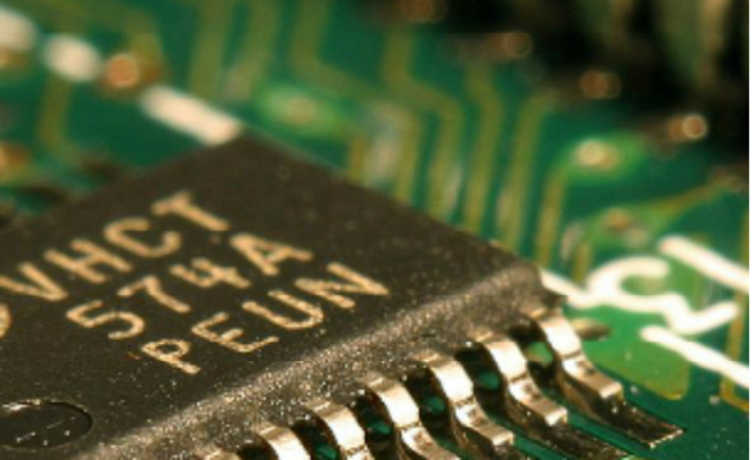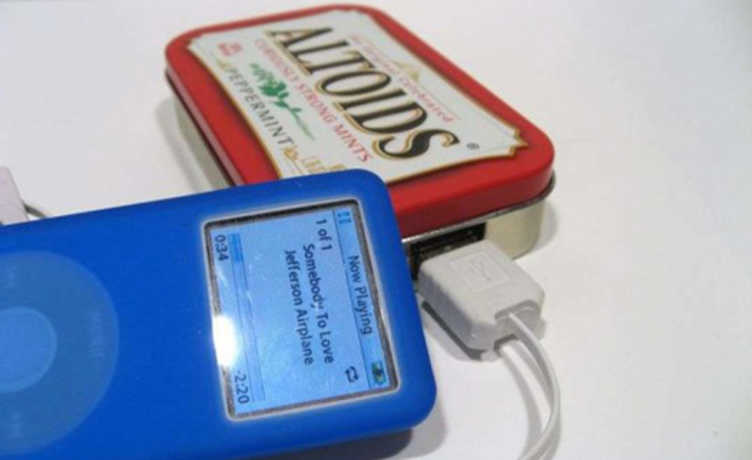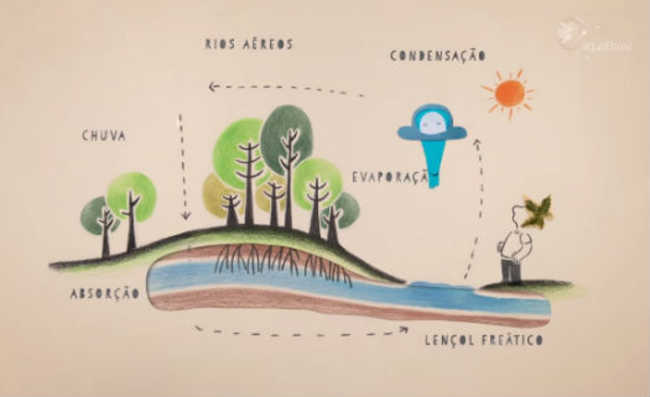Dangerous defense against fire. Understand the danger of flame retardant
Chemical compounds known as flame retardants fight one evil by producing another

Flame retardants have always been widely used, with records dating back to 450 BC in ancient Egypt, when potassium alum, or simply alum, was already used to reduce the flammability of wood. Over time, techniques have changed and technology has created new methods of preventing fires.
The wide use of highly flammable polymeric materials in industry has caused the demand for flame retardants to grow a lot. According to the Brazilian Society of Toxicology, only between 1990 and 2000, world demand grew by more than 100%.
Chlorinated halogenated compounds and, mainly, brominated ones are two of the main retarders used in industry, as they are cheaper. But on the other hand, they are the most toxic and harmful to the environment and health. Of the brominated halogen compounds, the most common are PBDEs (polybrominated diphenyl ethers), whose annual production is around 70 thousand tons.
In our daily lives we find flame retardants in almost everything around us, from wires to foam pillows and mattresses, including computer chips, electronic boards, televisions, microwaves, video games, vacuum cleaners and other appliances, as well as furniture and synthetic fabrics. Something that we don't even see and that most people are not aware of the risks.
toxicity
PBDEs can reach the environment through inappropriate disposal, either during their production and use in industry, or by the final consumer. In addition, contamination in humans and animals is mainly caused by the inhalation of small particles that come off from devices that contain the retarder and which are usually mixed with domestic dust.
The main chemical compound used is decaBDE which, unlike pentaBDE and octaBDE, is not as harmful by itself. But when it comes into contact with sunlight, it undergoes a conversion to its more toxic counterparts, making it just as dangerous. Therefore, it is always important to be aware of any type of retardant.
Research describes various effects of exposure to PBDEs. In studies carried out by researchers at the University of Stockholm, workers who work manually dismantling electronic equipment eight hours a day had 70 times higher concentrations of PBDEs in the blood compared to workers not directly exposed.
There are still not enough studies on the real damage of this type of flame retardant. But preliminary Health Canada surveys suggest that the side effects are related to a variety of hormonal, immunological, reproductive and neurological disorders. In addition, the United States Environmental Protection Agency (US EPA) considers PBDEs to be possible carcinogens.
Environment
As with other types of persistent organic pollutants (POPs), PBDEs remain in the environment for a long time. They can be found in many different places. In human biological fluids such as fat, breast milk and blood, in animals, in house dust and in food. According to the Institute of Ocean Sciences, from Canada, in distant places, such as the polar layers, the presence of PBDEs in the environment and its ecosystem is already registered.
Specifically in the case of Brazil, PBDEs can be eliminated along with other types of industrial waste, since there is no specific legislation on the subject. Regarding its presence in electronics, at the time of the National Solid Waste Policy, its effects may be reduced due to the tendency of electronics to be progressively discarded in an adequate manner.
Data presented at the 24th International Symposium on Halogenated Environmental Organic Pollutants and POPs, held in 2004 in the city of Berlin, show that 60% of products that contain some type of toxic substance, including PBDE, are not disposed of correctly. Thus, they are not reused as a thermodynamic source or in the production of recycled products. This is mainly due to the lack of specific legislation on the subject and the high cost of this type of recycling.
The slurry produced by this type of product, as well as any other type of liquid residue from waste decomposition, can reach and contaminate groundwater. The burning of brominated flame retardants, on the other hand, generates extremely toxic compounds such as polybrominate dibenzo furans (PBDFs) and polybrominate dibenzo dioxins (PBDDs).
The future
Flame retardants are undeniably important because of the fire safety offered to consumers. But the pollution generated by chlorinated and brominated halogenated compounds is in itself a serious problem that is already perceived in nature.
The constant growth in demand for these chemical compounds, especially the different types of PBDEs, and, in the case of Brazil, the lack of legislation, point to a worrying prognosis. So far, it is the exchange of one problem for another.
While it is difficult not to come into contact with flame retardants, it is important to try to stay away from them. Avoid the use of pillows or mattresses made of polyurethane foam, as well as synthetic fabric clothing whenever possible. Do not come into direct contact with computer chips and electronics boards. As PBDEs lodge in body fat, avoid fatty foods and maintain a healthy diet.
And don't forget to properly dispose of all the products mentioned above, so that the contamination does not reach the environment. To find out more about the reasons that justify the proper disposal of various items, visit our Recycle Everything section and, if you need to discard any object and have questions about where to do it, visit our search for recycling and donation stations.










